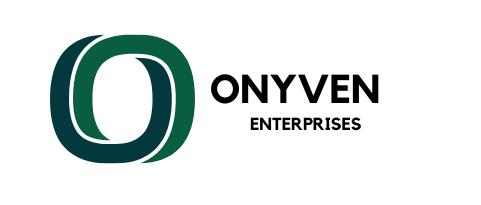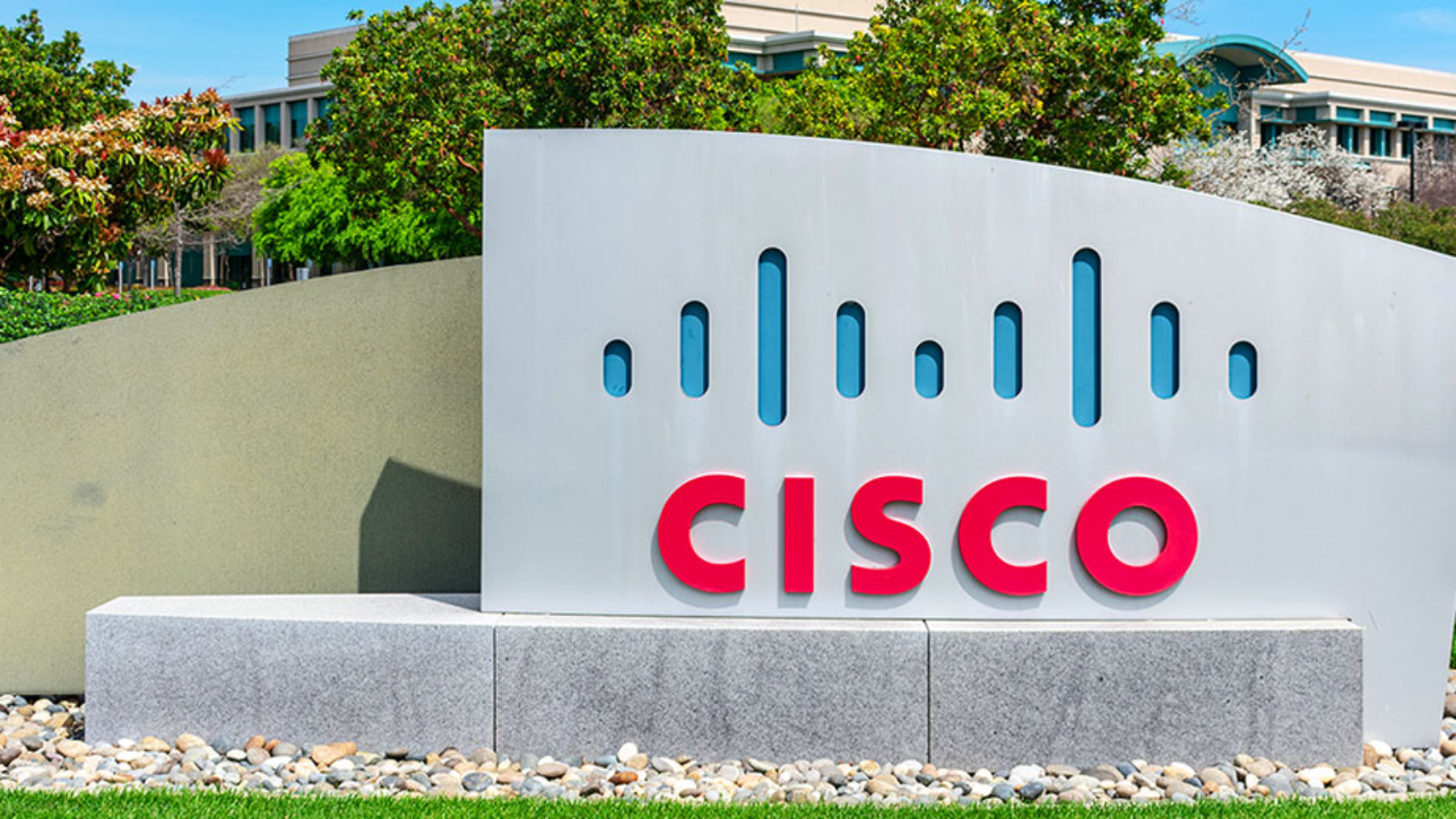Cisco Unveils Radical AI Security Solution to Safeguard AI Systems
Cisco is revolutionizing AI security with its new AI Defense solution, designed to tackle the emerging risks associated with developing and deploying AI applications. In an exclusive interview with Rowan Cheung of The Rundown AI, Cisco Executive Vice President and CPO Jeetu Patel explained that AI Defense addresses security challenges that existing solutions fail to handle.
AI Defense: Key Features and Benefits
AI Defense, launched last week, is aimed at providing robust protection for AI systems against cyberattacks, ensuring model behavior remains secure across platforms. Some key features of Cisco’s AI Defense solution include:
- Detection of both shadow and sanctioned AI applications across public and private clouds
- Automated testing for hundreds of potential safety and security vulnerabilities in AI models
- Continuous validation to protect against prompt injection, denial of service, and sensitive data leakage threats
Additionally, AI Defense empowers security teams to gain a comprehensive view of AI applications within their organizations, allowing them to enforce policies restricting access to unsanctioned AI tools and safeguard against threats while ensuring compliance.
Industry Experts Weigh In on Cisco’s AI Defense
Kent Noyes, Global Head of AI and Cyber Innovation at World Wide Technology, emphasized the growing risks AI adoption brings to companies. He noted, “Cisco AI Defense represents a major advancement in AI security, offering full visibility into an enterprise’s AI assets and protection from evolving threats.”
MJ Kaufmann, author and instructor at O’Reilly Media, agreed with Cisco’s assessment, pointing out that current cybersecurity tools often fail to protect against operationally-driven attacks targeting AI systems, including prompt injection and data leakage.
The Unique Position of Cisco in AI Security
Jack E. Gold, founder of J.Gold Associates, highlighted Cisco’s strength in AI security due to its vast data from networking telemetry, which bolsters its AI protection capabilities. Cisco’s focus on multi-platform protection across on-premises, cloud, and multi-cloud environments will be essential for securing complex AI systems.
Challenges in Multi-Model, Multi-Cloud AI Security
Patricia Thaine, CEO of Private AI, pointed out the increased complexity of securing multi-cloud, multi-model AI solutions. These environments introduce multiple data transfer points and inconsistent security protocols that threat actors can exploit, which makes robust protection even more crucial.
Concerns About Cisco’s Approach
While Cisco’s AI Defense solution shows promise, there are concerns about its limitations. Dev Nag, CEO of QueryPal, noted that many AI-specific attacks occur at the application and model layers, areas where network-level monitoring may not be sufficient. Cisco’s focus on integrating security at the network level might leave gaps in securing the AI development lifecycle, such as model supply chain verification and training pipeline security.
The Path to AGI and the Need for AI Security
As artificial general intelligence (AGI) rapidly approaches, the need for advanced AI security is becoming more urgent. James McQuiggan, security awareness advocate at KnowBe4, stressed that a robust AI security solution is essential to ensure AGI evolves responsibly, minimizing risks such as rogue decision-making and unintended consequences.
AI Security and Human Oversight
Experts, including Stephen Kowski of SlashNext and Adam Ennamli of the General Bank of Canada, agree that technical safeguards and human oversight are critical to ensuring AI systems align with human values and prevent existential risks. While AI may be able to self-regulate, it still requires human oversight to avoid harmful outcomes.
In conclusion, Cisco’s AI Defense solution represents a significant step forward in protecting AI systems from emerging threats. However, as the field of AI security evolves, continuous innovation and a balance between AI self-regulation and human oversight will be necessary to safeguard against the risks that come with advanced AI technologies.

